As we are approaching the end of the 2019 year, we bring you a recap of the aviation industry that has seen some of the interesting changes in this decade.
The time period between 2010-2019 is called “2010s” decade and in aviation industry it has seen some of the changes in operations, increase in demand, digital innovations, iconic airlines that ceased to exist, ecological pressures and some of the tragedies that has hit the aviation safety industry in form of one of the most famous aircraft manufacturer.
Let’s take it slowly and go through the most significant events:
TWIN ENGINE AIRCRAFT RULING THE SKIES
One of the interesting operational changes in this decade was the rise of twin-engine aircraft in long-haul flights. The twin-engine aircraft have slowly but surely began to replace the three or four-engine models as they proved to be more cheap while performing the same as their bigger “rivals”. Twin-engine aircraft began to cross the Atlantic in 1980s, however the introduction of Boeing 777 in mid 90s showed that the future of long-haul flights is in twin-engine aircraft. At the end of the this decade, we have seen Airbus closing down it’s production of it’s four-engine giant A380 aircraft model.
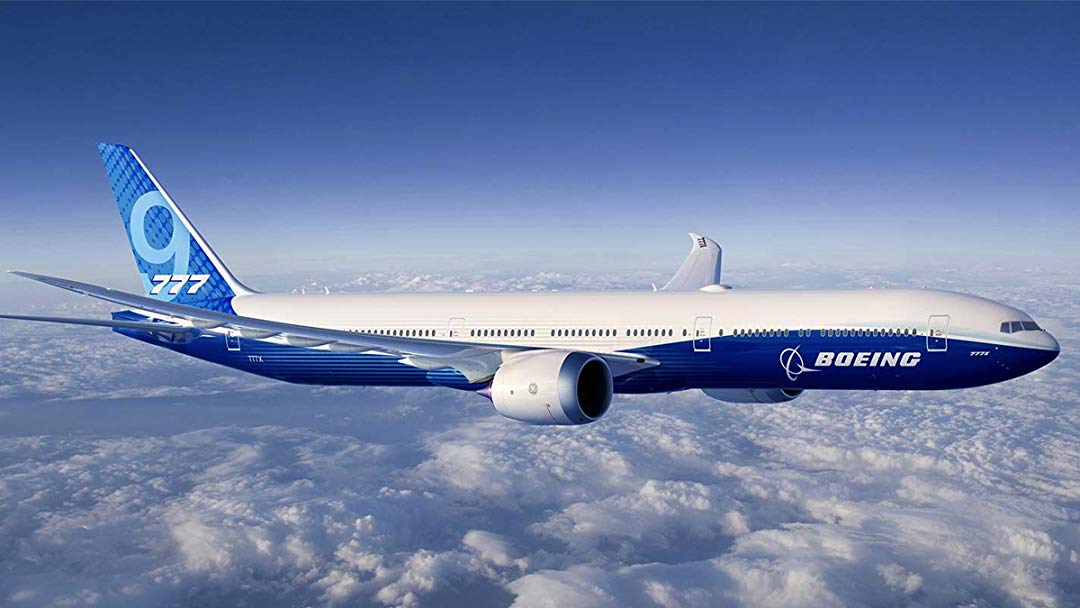
Boeing 777 twin-engine
FLIGHT TRACKING TECHNOLOGIES AND INFLIGHT WI-FI
The technological trend has followed us every year within this decade and one of the biggest rise was seen in flight tracking technologies and in an inflight Wi-Fi connectivity. The days of wondering where is your flight or when it will arrive at the airport are over as the smartphones took over the world. With smartphones there was a rise of apps that provide live flight tracking information such as Flightradar24. Once it was only data available for governments, however now everyone can have this valuable data in the palm of their hands.
Simultaneity, there was a rise in number of airlines that provide Wi-Fi connectivity changing the way we travel. Today, we can use our time while flying to connect to our emails, social media and live streams.
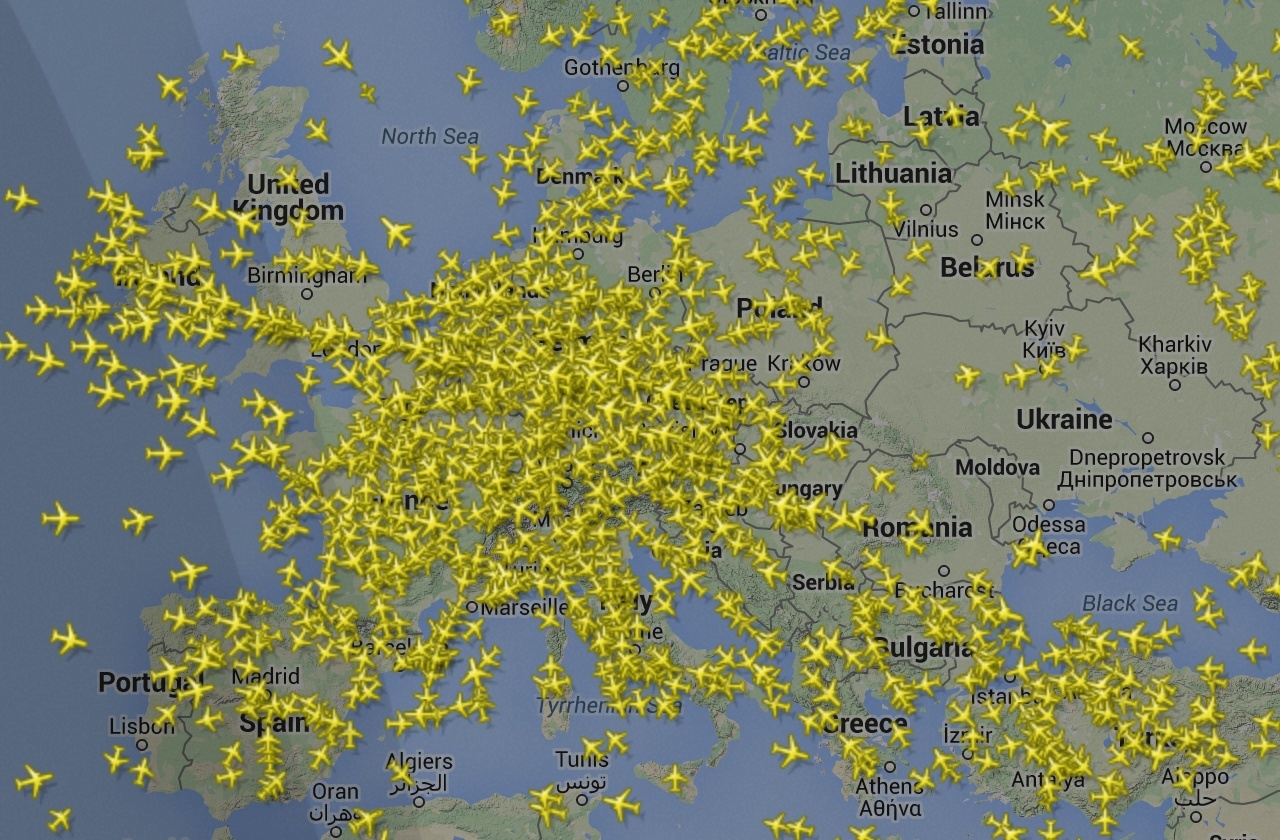
Flightradar24 flight tracking app
NATURAL DISASTERS
Still, aviation is vulnerable to natural disasters as we have seen at the beginning of the decade with eruption of Eyjafjallajökull, a volcano in Iceland, in April 2010 that spewed a plume of particles dangerous to jet engines that ultimately closed the European air space for several days and cost airlines 1.7 billion dollars as they had to cancel or reroute their flights.

Eyjafjallajökull volcano eruption in April 2010
LCC GROWTH
With the introduction of low-cost carriers (LCC) budget travel has exploded massively in this decade, opening up an ever growing range of destinations. LCC carrier is an airline that is operated with an especially high emphasis on minimizing operating costs and without some of the traditional services and amenities provided in the fare, resulting in lower fares and fewer comforts. To make up for revenue lost in decreased ticket prices, the airline may charge extra fees – such as for carry-on baggage. As of October 2019, the world’s largest low-cost carrier is Southwest Airlines, which operates in the United States and some surrounding areas. In Europe, the most famous LCC are Ryanair, easyJet, Wizzair, Norwegian etc. LCC growth has been incredible in this decade and has made the market very competitive for the old-fashioned airlines.
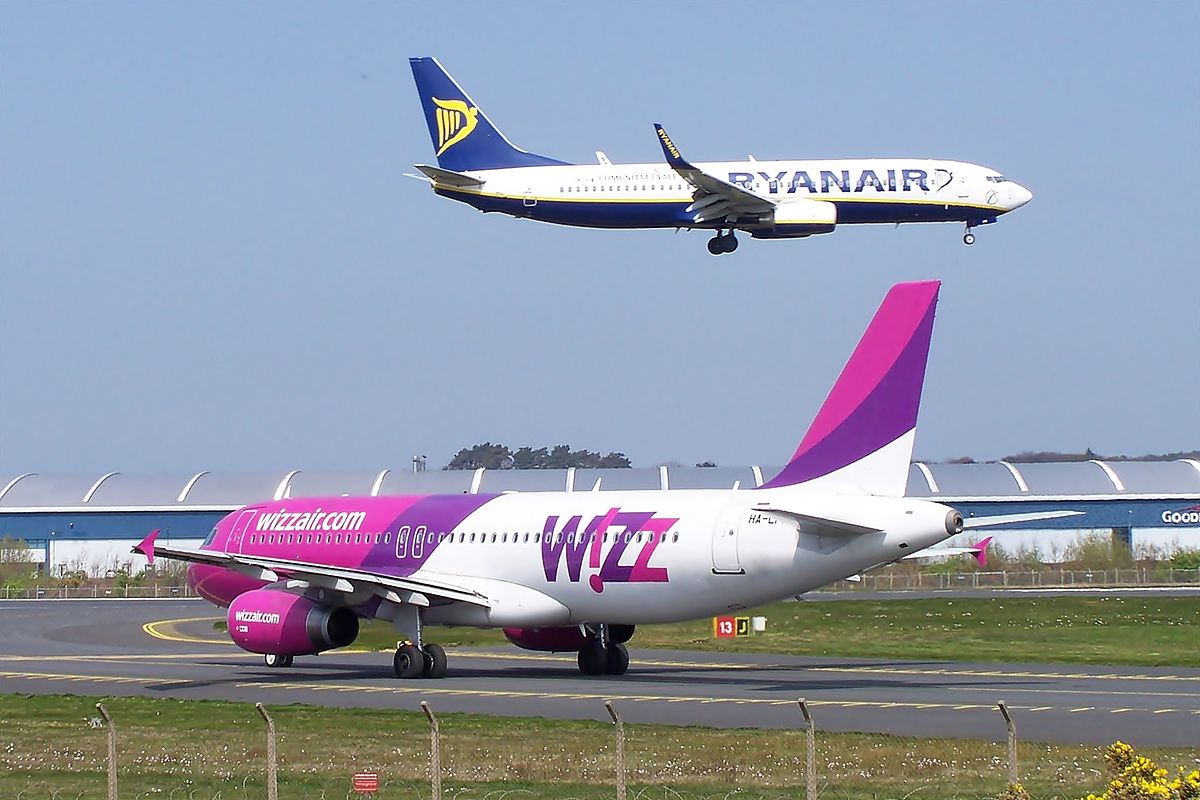
Low cost carriers Wizzair and Ryanair
AIRLINES CLOSURES
Unfortunately, we have seen also the negative trend of airlines closing down their operations due to a competitive market caused by low-cost carriers. One of the most iconic airlines that do not exist anymore are Air Berlin, Germanwings, Indian Airlines, Spanair, Batavia Air, Mexicana, Transaero, Niki and Tranasia Airways. Due to brutally competitive market a lot of these companies could not compete or simply have gone away due to mergers as airlines joined together in order to survive the increasingly competitive market place.
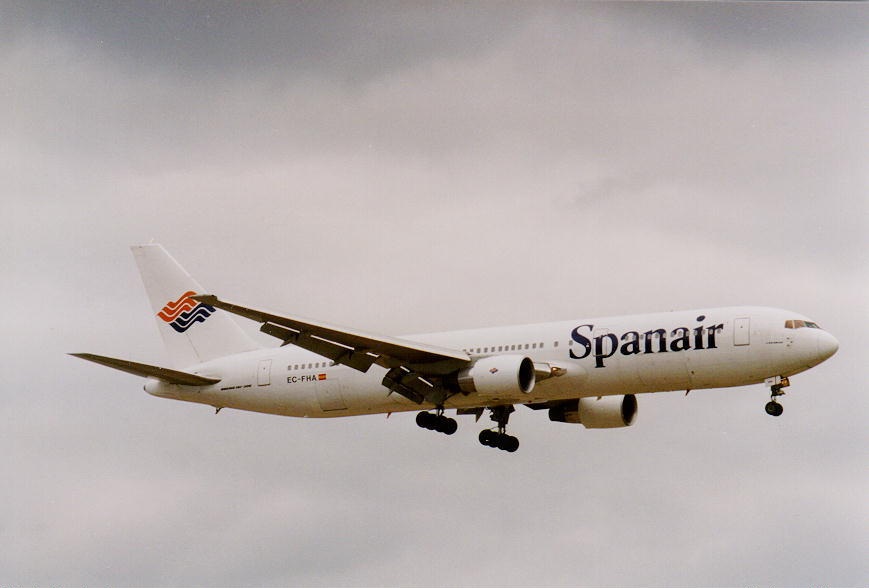
Spainair that ceased to exist in 2012 after 26 years since foundation
BUSIER AIRPORTS
In the last decade we have seen a big increase in number of passengers almost doubling the number of passengers from 2010 to 2019. The International Air Transport Association (IATA) expects 7.2 billion passengers to travel in 2035, a near doubling of the 3.8 billion passengers who travelled by air in 2016. The airports have been impacted with this increase and we have seen some of the airports expanding their terminals, creating new runways or opening new airports. As of 2018, the busiest airports in the world are:
Hartsfield–Jackson Atlanta International Airport (ATL) – 107,4 million passengers in 2018
Beijing Capital International Airport (PEK) – 100,9 million passengers in 2018
Dubai International (DXB) – 89,1 million passengers in 2018
Los Angeles Airport (LAX) – 87,5 million passengers
Tokyo International Airport (HND) – 87,1 million passengers
O’Hare International Airport, Chicago (ORD) – 83,3 million passengers
London-Heathrow (LHR) – 80,1 million passengers
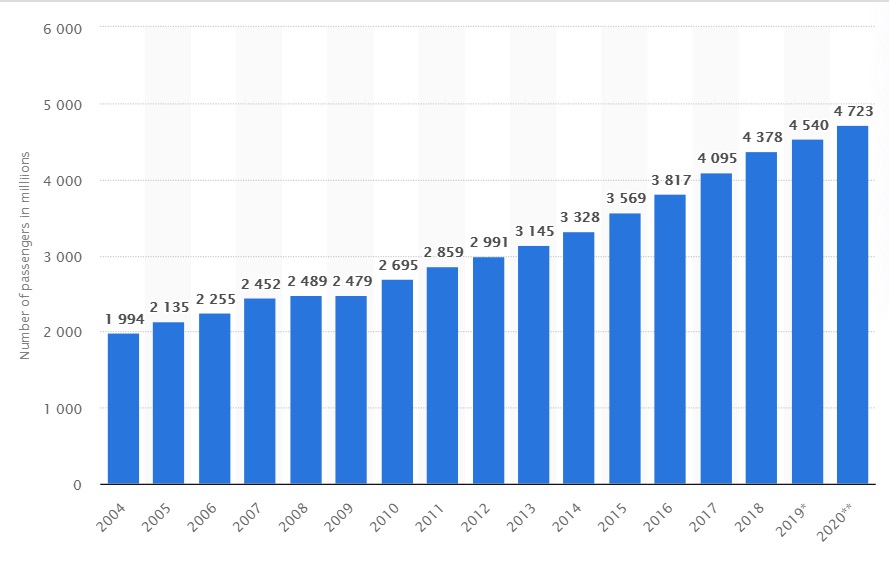
Increase in number of passengers in the last decade
ECOLOGICAL CHALLENGES
In this decade there was a big pressure on aviation industry to combat the influence on climate changes. The environmental impact of aviation occurs because aircraft engines emit heat, noise, particulates and gases which contribute to climate change. Despite emission reductions from automobiles and more fuel-efficient and less polluting turbofan and turboprop engines, the rapid growth of air travel in the past years contributes to an increase in total pollution attributable to aviation. From 1992 to 2005, passenger kilometers increased 5.2 percent per year. In the European Union, greenhouse gas emissions from aviation increased by 87 percent between 1990 and 2006. There is an ongoing debate about possible taxation of air travel and the inclusion of aviation in an emissions trading scheme, with a view to ensuring that the total external costs of aviation are taken into account.
In the meantime, there were first prototypes of electrical aircraft in this decade that would reduce CO2 emissions as well as transform the whole industry to different energy source.
DRONES
The remotely or autonomously piloted aircraft known colloquially as “drones” had a huge impact on aviation and the world in the 2010s. Today drones are doing pipeline patrol, wind turbine blade inspections, power line checks and aerial photography as we’ve never seen it before. The FAA struggled over the course of the decade to get its arms around the drone issue, with abortive attempts at registration of pilots and drone aircraft that failed to comprehend the magnitude of the new segment.
However, we have seen also safety issues with drones causing closures of airports and affecting flights as we have seen it between 19 and 21 December 2018, when hundreds of flights were cancelled at Gatwick Airport near London, England, following reports of drone sightings close to the runway. The reports caused major disruption, affecting approximately 140,000 passengers and 1,000 flights. It was the biggest disruption or this airport since ash from an Icelandic volcano shut the airport in 2010.

2017 – THE SAFEST YEAR
We have witnessed one of the most welcoming milestone in 2017 as it was the safest year in history for commercial airlines. There were no passenger jets crashes anywhere in the world. Since 1997 the average number of airliner accidents has shown a steady and persistent decline, for a great deal thanks to the continuing safety-driven efforts by international aviation organisations such as ICAO, IATA, Flight Safety Foundation and the aviation industry. However, as it was later proved, 2017 was a lucky year as 2018 and 2019 brought tragedies in aviation industry.
MH370 BIGGEST MYSTERY
On March 8, 2014, Malaysia Airlines Flight MH370 vanished from air-traffic-control radar screens, never to be seen again — and spawning the most incredible aviation mystery of not only the decade but arguably in the aviation history. The 239 people on board were never found and are presumed dead. The Boeing 777-200ER airplane deviated from it’s original path from Kuala Lumpur to Beijing and instead went southward towards the Indian Ocean where it’s location is still speculated. Relying mostly on analysis of data from the Inmarsat satellite with which the aircraft last communicated, the Australian Transport Safety Bureau (ATSB) proposed initially that a hypoxia event was the most likely cause given the available evidence, although there has not been any consensus concerning this theory among investigators. The Malaysian Ministry of Transport’s final report from July 2018 was inconclusive but highlighted Malaysian air traffic controllers’ failures to attempt to communicate with the aircraft shortly after its disappearance. In the absence of a definitive cause of disappearance, those air transport industry safety recommendations and regulations citing Flight 370 have been intended mostly to prevent a repetition of the circumstances associated with the loss. These include increased battery life on underwater locator beacons, lengthening of recording times on flight data recorders and cockpit voice recorders, and new standards for aircraft position reporting over the open ocean.
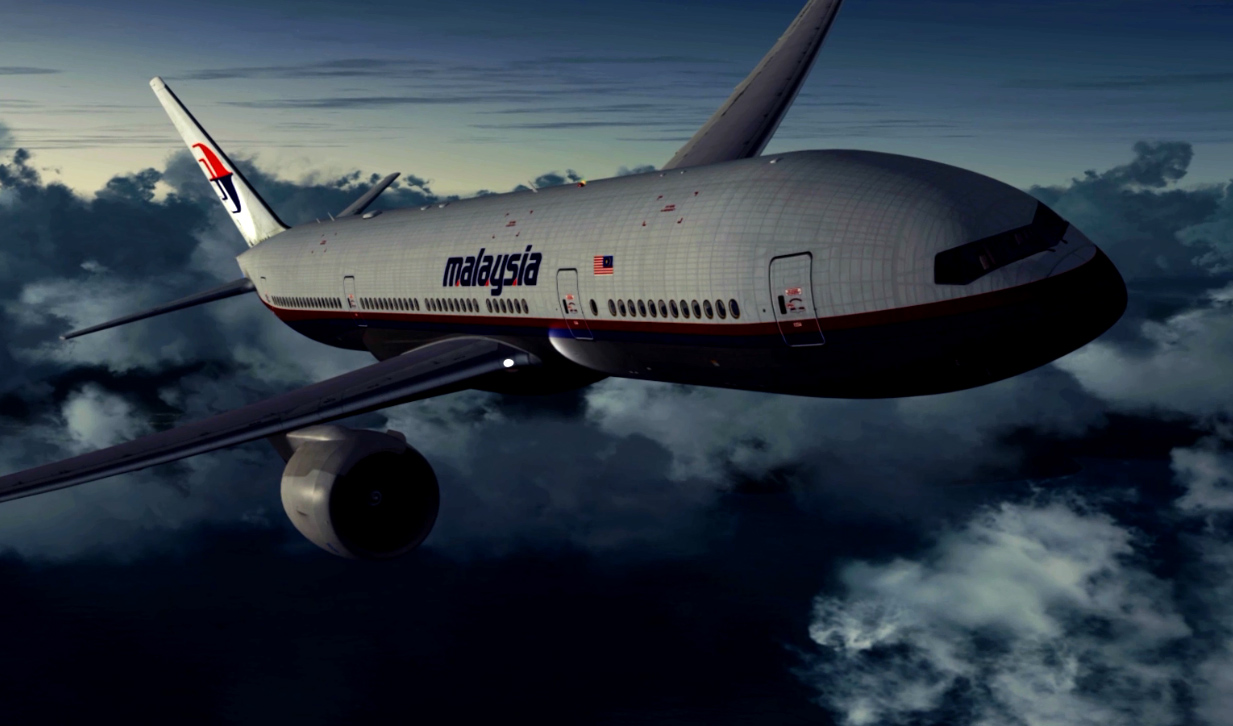
The disappearance of MH370 in 2014 is the biggest aviation mystery
TERRORISM
Terrorism in aviation has been present since it’s early days and the aviation industry have successfully tackled this safety concern. However, in this decade we have seen a rise of terrorist attacks around the world such as Paris attacks in 2015 and aviation was not spared of such events. Two most infamous tragedies in this decade occurred in Egypt and Ukraine as airliners were destroyed by a bomb and a missile, respectively. Metrojet Flight 9268 was an international chartered passenger flight, operated by Russian airline Kogalymavia (branded as Metrojet) that was destroyed by a bomb above the northern Sinai following its departure from Sharm El Sheikh International Airport, Egypt, in route to Pulkovo Airport, Saint Petersburg, Russia on 31 October 2015. There were 224 people on board. The other event was the shooting down of Malaysian Airlines flight MH17 on 17 July 2014 while flying over eastern Ukraine on it’s way from Amsterdam to Kuala Lumpur. All 283 passengers and 15 crew were killed.
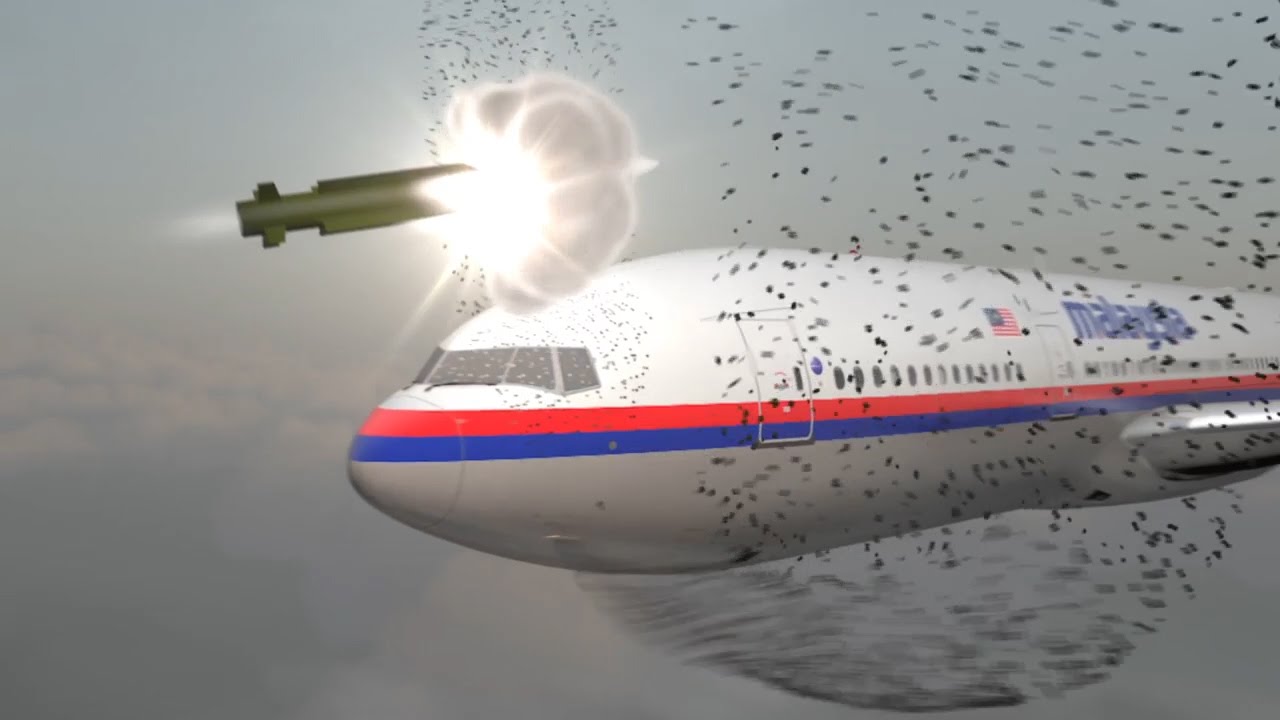
Missile brought down MH17
BIGGEST ACCIDENTS OF THE DECADE
In this decade even though we have seen a fall in number of crashes and 2017 as the safest year in aviation history, there were major tragedies in our skies such as:
- Air India Express Flight 812 when it caught fire after overshooting its landing and falling over a cliff, killing 158 of the 166 people on board
- Airblue Flight 202 from July 28, 2010 that killed all 152 people near Islamabad in Pakistan
- Bhoja Air Flight 213 from April 20, 2012 – the Pakistani-operated domestic Flight 213 was flying from Karachi to Islamabad when it crashed in bad weather on approach to Benazir Bhutto International Airport, killing all 127 people on board
- Dana Air Flight 992 from June 3, 2012 in Nigeria that killed killing all 153 people on board and another 10 on the ground after it collied with the building on approach
- Malaysia Airlines Flight MH370 from March 8, 2014 when it disappeared with the fate of all 239 people on board still unknown but presumed dead. This is labelled as the biggest aviation mystery of all time.
- Malaysia Airlines Flight MH17 from July 17, 2014 when it was shot down over Ukraine, killing all 298 on board.
- Air Algerie Flight 5017 from July 24, 2014 when it strayed off course and crashed, killing all 116 people on board in Algeria
- Indonesia AirAsia Flight 8501 from December 28, 2014 when it stalled and crashed into the Java Sea, killing all 162 people on board.
- Germanwings Flight 9525 from March 24, 2015 was flying from Barcelona, Spain to Dusseldorf, Germany when the co-pilot deliberately crashed the plane into the French Alps, killing all 150 people on board.
- Indonesian Air Force C-130 Hercules aircraft crashed near a residential neighbourhood with 12 crew and 109 passengers on board shortly after taking off from Medan in Indonesia, bound for Tanjung Pinang. All those on board were killed, along with 22 people on the ground.
- Kogalymavia Flight 9268 from October 31, 2015 when it was destroyed by a bomb in a mountainous area of Egypt’s Sinai peninsula, killing all 224 passengers and crew on board.
- Boeing 737 Max crashed of Lion Air Flight 610 from 29 October 2019 and Ethiopian Airlines flight 302 from 10 March 2019 killing everyone on board in both crashes due to MCAS system failure.
737 MAX CRISIS
In late October of 2018, Boeing was hit by a tragedy of Lion Air crash into Java Sea killing all 189 people on board which included their brand new 737 Max aircraft model. While Boeing was still investigating the cause of that crash, another 737 Max tragedy hit them in the wake of Ethiopian Airlines flight 302 that crashed in Addis Ababa in March 2019 killing all 157 people on board in similar circumstances as Lion Air crash few months before. Following these events, the world grounded the Boeing 737 MAX, although Boeing and the FAA were reluctant to follow suit until the very last minute. Investigations revealed the aircraft itself was flawed (not pilot error) with a broken sensor affecting the MCAS system. Since then, Boeing has failed to find a way to fix the flaw nor lift the grounding of the aircraft and currently there are 400 aircraft nowhere to fly to. Recently, few days before the end of 2019, Boeing’s CEO paid the price with his job as he was fired from Boeing after failing to restore 737 Max and losing trust among it’s customers. How will Boeing respond is yet to be seen in 2020.

Boeing overshadowed 2019 with their 737 Max crisis
The decade 2010s was very huge for aviation industry as we have recapped it in this article. A lot of stories unfold, a lot of twists happened and what has taught us is that aviation industry does not forgive mistakes and everyone needs to pull in the same direction to have safer skies. To summarize, the aviation industry is having a huge impact on our daily life from connecting us to even more destinations than ever with low and affordable prices while impacting our environment. Drones are making an entry to our lives as well and aviation safety needs to be addressing this issue as well. We will keep an eye on technological improvements and how aviation will respond to innovation and disruptions in it’s industry. Of course, we wish everyone safer flights in the next decade and to reduce tragedies in the future.







